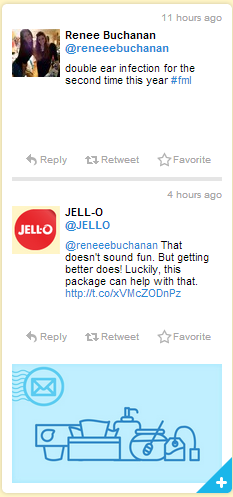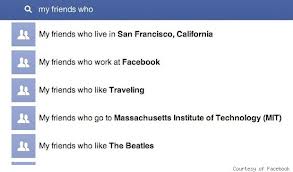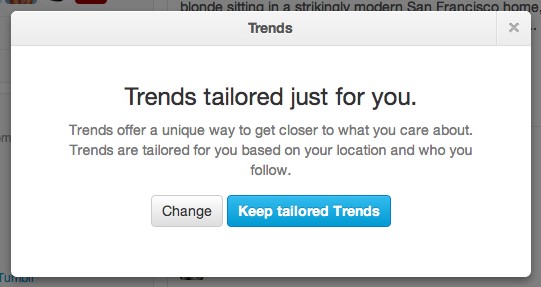 Yesterday, a friend of mine filled me in on a social media promotion being run by Jello (thanks, Sarah!). Before I say too much, I have to preface this post by revealing that I grew up and went to high school in Leroy, NY – birthplace of Jello. I remember taking school field trips to the Jello Museum throughout grade school, the local McDonald’s features historic images of Jello production on the walls and the Jello factory still stands in town.
Yesterday, a friend of mine filled me in on a social media promotion being run by Jello (thanks, Sarah!). Before I say too much, I have to preface this post by revealing that I grew up and went to high school in Leroy, NY – birthplace of Jello. I remember taking school field trips to the Jello Museum throughout grade school, the local McDonald’s features historic images of Jello production on the walls and the Jello factory still stands in town.
While I’ll probably always look at Jello as practically pre-historic, the company is showing that it’s still relevant in the Internet Era and becoming very active on social media. Currently, Jello is attempting to hijack the commonly used acronym FML. Most recognize this as “f*ck my life,” but Jello is turning a frown upside down, using the phrase to express “Fun My Life” instead.
My initial reaction to hearing about this was one of extreme skepticism. FML is an incredibly recognized phrase used both online and offline. Not only did I think that re-defining the acronym would be near impossible, I was also concerned because of its vulgar nature. Why would Jello want to associate itself with that? In short, I expected this to completely backfire in a similar fashion to McDonald’s infamous faux pas, #McDStories.
My skepticism began turning around once I learned that Jello was very actively responding to FML tweets. The truth of the matter is that when people are frustrated and say “f*ck my life,” they really are in need of a pick-me-up of some kind – and that’s exactly what Jello is aiming to provide.
But I still wasn’t convinced that this would be a good promotion for Jello. I didn’t really see where the connection to their product was. Sure, they’re trying to connect Jello with happiness and fun times, but would anyone else make that association?
To my surprise, the answer is yes. People who have tweets replied to by Jello have no choice but to make the connection because of the illustration images that are being sent along with the reply. Check these out:
It took me a minute to realize it at first, but each illustration includes a pack of Jello! They’re even subtly branded with the Jello logo on the right side of the packaging.
After taking a look at some of these, I think Jello turned me around. I think this campaign totally rocks. The images are:
- easily share-able to Facebook, Twitter and Pinterest;
- social and engaging;
- able to legitimately associate Jello with fun;
- able to give a much better, more positive meaning to #FML.
What do you think – Can Jello pull this off?



















